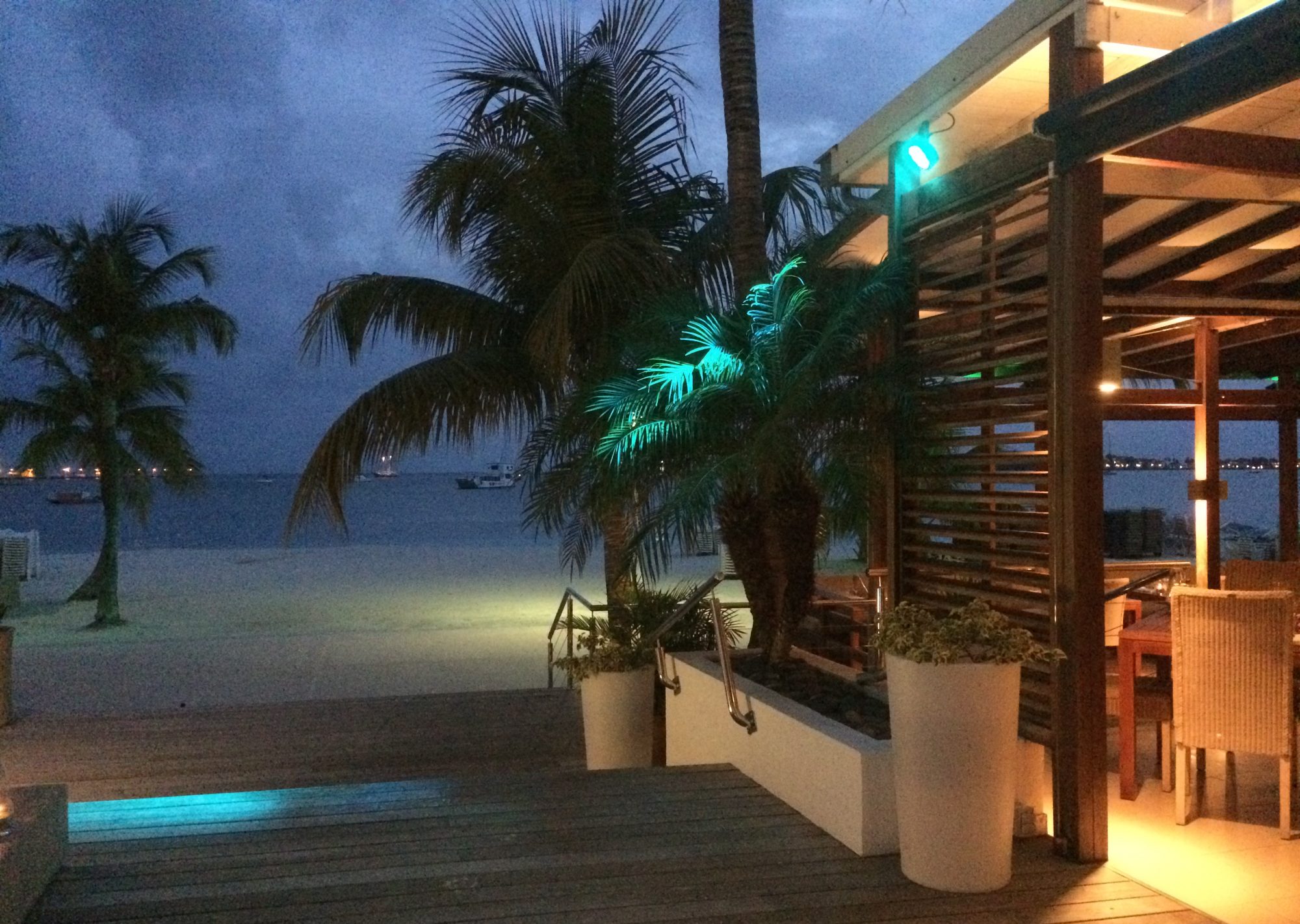People that know me, will be surprised about the content of this post: it is about statistics. I have a feature that counts visits and views of my website. And yes, of course that interests me.
My website had this year up until now 27.539 visitors and 61.682 views. Most views are from the US (20.891). Second is Germany 4811; third China with 4567 views. The Netherlands are sixth with 2064 and Vietnam was tenth with 1346 views.
Most visited were the homepage and for one reason or another post #44….
I need to keep track of this.





